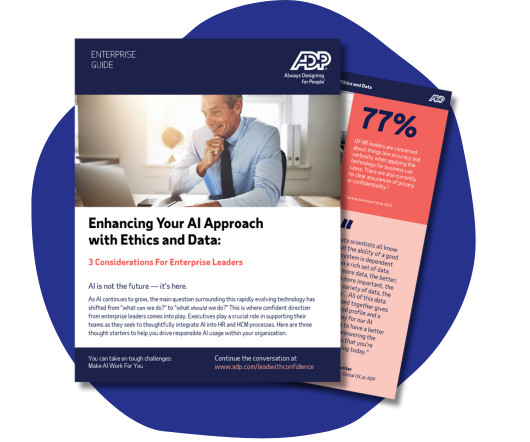The past 25 years have been an uphill journey for the HR function
HR Brew
MARCH 21, 2025
Since then, HR pros have ditched many (but not all ) paper processes, and as theyve done so, the function has evolved. But its values have remained the same, said the VP of people at pool service software firm Skimmer and co-host of the Real Job Talk podcast for mid-career professionals. The perception of HR was also different.























































Let's personalize your content